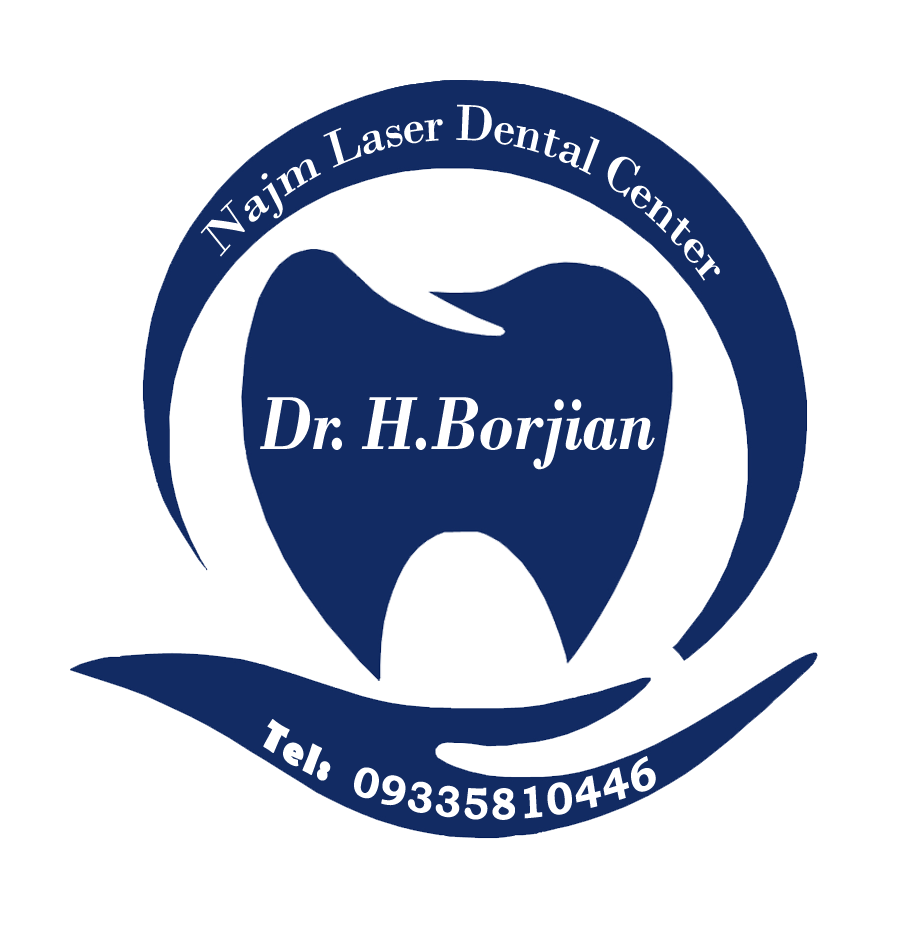Examining the use of various types of gum surgery
Gum surgery is sometimes necessary to treat specific gum diseases and complications, such as gingivitis and periodontitis.. The dentist gives detailed instructions to the patient after any dental procedure so that the recovery period can be carried out in the best possible way by observing the necessary care.. The recovery period after the operation depends on the extent of the operation. Patients usually have to take pain medication for a few days after gum surgery. The dentist prescribes the most effective drugs for the patient. In the continuation of this article, Dr. Hossein Borjian's website The best dentist in Isfahan We examine the use of various types of gum surgery.
Applications of gum surgery
Gum surgery is performed with the aim of treating gum disease and the damage caused by it. Among the applications of gum surgery, the following can be mentioned:
- Regrowth of damaged tissues and bones
- Prevention of tooth damage and loss
- Reducing the gingival spaces between the teeth, which is called the black triangle.
- Shaping the jawbone to reduce the risk of bacteria growing in bone crevices
Eliminate bacteria and infection
Gum surgery can cause many complications such as gingivitis (swelling of the gum) treat. In fact, the treatment of some gum diseases, such as inflammation of the gums and surrounding tissues, requires surgery. Gingivitis is a mild form of gum disease that causes the gums to bleed, swell, and become red.. Gingivitis is generally the result of a lack of oral hygiene and the formation of plaque and tartar. Specialized treatment can reverse this complication.
Periodontitis is a more severe type of gum disease and is actually an advanced and aggravated gingivitis. Periodontitis causes an inflammatory reaction that destroys bone and tissues.
The gums are separated from the teeth when the inflammatory process occurs. As a result, spaces called envelopes are created. The pockets become a place for bacteria to accumulate, resulting in an infection. Eventually, the tooth is lost and the bone is damaged.
Types of gum surgery
The dentist chooses the appropriate method of gum surgery according to the type and severity of the gum disease. Dental surgeon sometimes deep scaling (Scaling) before surgery to remove plaque and bacteria from the gums and teeth. Root planing is another treatment that is performed to smooth the surface of the tooth roots.. In this way, there will be fewer places for bacteria to collect and form plaque. Also, the accumulated mass on the root of the tooth is removed in this process. Deep scaling and root planing are usually done at the same time.

Gum flap surgery
Flap surgery is recommended for patients who have the problem of mass accumulation in deep pockets. The dental surgeon removes the gums from the teeth and cleans the plaque accumulated in the pockets.. After scaling and cleaning, the gums are sutured in the right place around the teeth. Sometimes it is necessary to trim the bone during the gum procedure.
Bone grafting
If the distant bone tooth root damaged and destroyed. Bone grafting surgery is necessary. The surgeon replaces the damaged bone with new bone. The bone required for transplantation can be the patient's own bone, artificial bone or bone donated by another person.
The goal of bone grafting is for the tooth to stay firmly in place and grow back.
Directed tissue regeneration
The surgeon places a small piece of net-like material between the gum tissue and the patient's bone. This substance does not allow the gum to grow into the empty spaces related to the bone. As a result, bone and connective tissue grows again in the right place.
Tissue transplant
Atrophy of the gums and lowering of the gum line is the result of the loss of gum tissue. In this case, it is necessary to perform soft tissue graft surgery to prevent further damage. The dental surgeon takes the tissue needed for the transplant from another part of the body and transplants it to the area of gum recession.. Graft tissue is often taken from the roof of the mouth. Tissue grafting reduces the risk of future damage and covers exposed, unprotected tooth roots..
Other gum surgery methods
- Laser surgery: However, there is currently no evidence to confirm the usefulness and efficiency of laser therapy in the treatment of gum diseases.. But some dentists use lasers to shrink pockets and restore damaged connective tissue.
- Tissue stimulating proteins: Protein-containing gel is used to stimulate tissue and bone growth.
Dr. Hossein Borjian's Instagram page The best dentist in Isfahan
Preparations before gum surgery
The dentist performs a detailed examination before the gum surgery to make sure that there are no obstacles or risks to the gum surgery..
Dentists usually perform the following procedures in the examination before gum surgery:
- Review of the patient's medical record and complete examination of the patient
- Examining the condition of the teeth, mouth and jaw and evaluating the health and strength of the teeth
- Check for signs of infection, abscess, or other lesions that can complicate recovery after surgery.
- Explaining the benefits and possible risks of gum surgery and getting permission from the patient to perform the surgery
Attention :
- The scientific accuracy of the above material should be confirmed by the patient's personal consultation with Dr. Borjian.
- This article was managed and published by the site admin.
Read more :
The application of porcelain to metal coatings
Comparison of dental implants and artificial teeth



